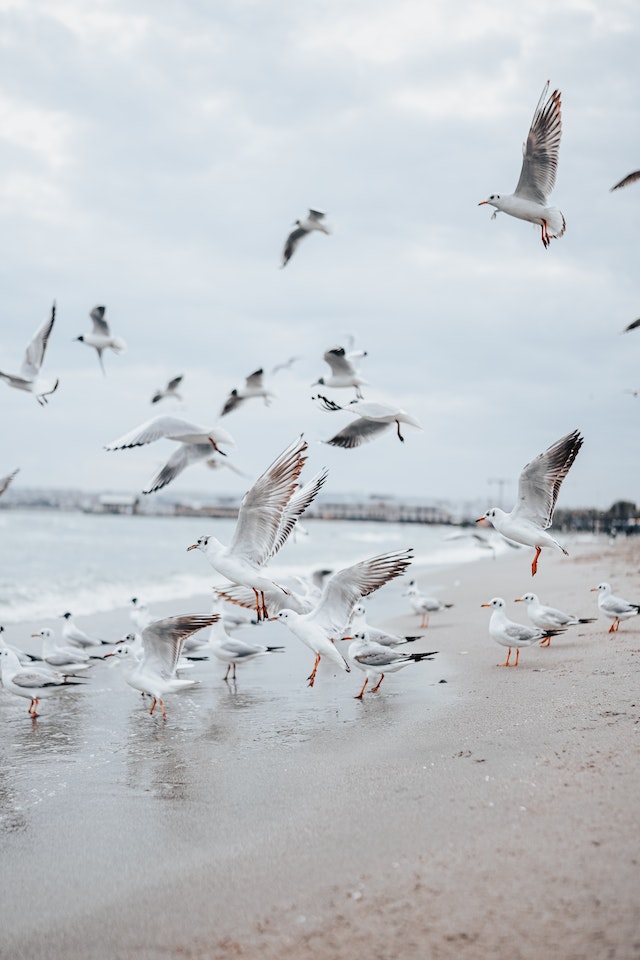Introduction:
Bird flu research extends beyond the confines of laboratories, often taking scientists to unexpected and challenging environments. In this article, we delve into the fascinating world of bird flu research on a mucky shoreline. We follow a team of dedicated scientists as they don waders and brave the elements, combining fieldwork and scientific expertise to gain a deeper understanding of avian influenza and its implications for both avian and human health.
The Call of the Shoreline:
For Dr. Michael Ramirez and his team, the shoreline becomes a temporary home as they embark on their research expedition. Equipped with waders, nets, and an arsenal of scientific tools, they venture into the muddy realm where birds and water intersect. This unique habitat provides invaluable insights into the transmission patterns and behavior of bird flu, shedding light on the complex dynamics between avian species and the virus.
Bird Banding: A Key Research Technique:
One of the primary research techniques employed by Dr. Ramirez’s team is bird banding. As they carefully capture and handle birds, they attach tiny metal bands to their legs, allowing for tracking and monitoring of individual birds over time. This method helps scientists understand migratory patterns, population dynamics, and the spread of avian influenza among different bird species.
Sampling and Surveillance:
Amidst the squelching mud and bracing winds, the scientists diligently collect samples from the birds they encounter. These samples include swabs from the birds’ respiratory and digestive tracts, as well as blood samples. The collected specimens are sent to the lab for analysis, where they serve as crucial data points for studying the prevalence and genetic variations of bird flu strains.
Building Relationships with Local Communities:
While the primary focus is on the scientific research, Dr. Ramirez and his team understand the importance of building relationships with local communities. They engage in discussions with fishermen, birdwatchers, and other stakeholders to gain a deeper understanding of the ecological and human dimensions of bird flu. These interactions help bridge the gap between scientific knowledge and local knowledge, fostering collaborative efforts for prevention and control.
Environmental Challenges and Rewards:
Working in a mucky shoreline environment presents its share of challenges. The scientists must contend with unpredictable tides, inclement weather, and the ever-present risk of stumbling upon unexpected hazards hidden beneath the surface. However, the rewards of this fieldwork are plentiful. The tranquility of the shoreline, the awe-inspiring diversity of bird species, and the sense of being immersed in nature’s wonders all contribute to the scientists’ dedication and enthusiasm.
Implications for Avian and Human Health:
The research conducted on the mucky shoreline provides critical insights into the complex web of interactions between birds and avian influenza. Understanding the behavior, transmission routes, and genetic makeup of the virus helps scientists develop strategies for prevention, surveillance, and potential interventions. This knowledge is crucial for safeguarding both avian and human health, as bird flu strains have the potential to spill over into human populations.
Conclusion:
The work of scientists like Dr. Michael Ramirez and his team on the mucky shoreline is instrumental in deepening our understanding of bird flu and its implications. Their fieldwork, braving the elements and getting up close and personal with avian species, brings valuable insights that complement lab-based research. By combining scientific expertise with an appreciation for the intricacies of nature, these scientists contribute to the ongoing battle against avian influenza, aiming for a future where the threat of this virus is minimized.










